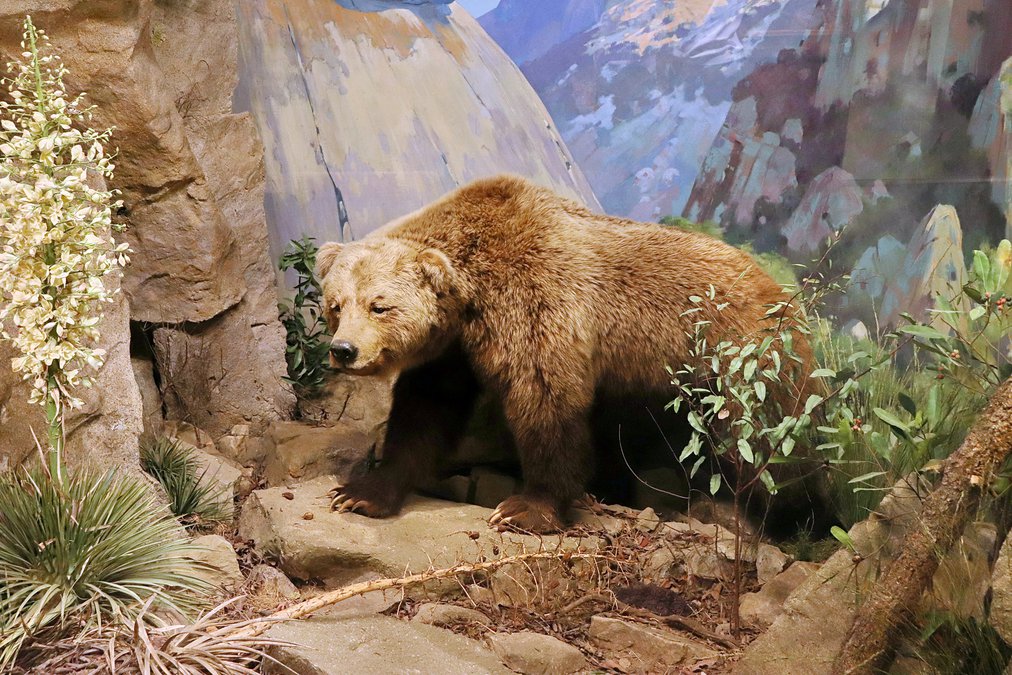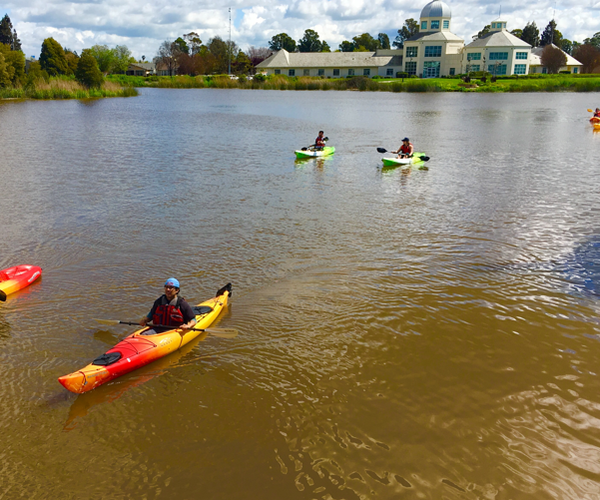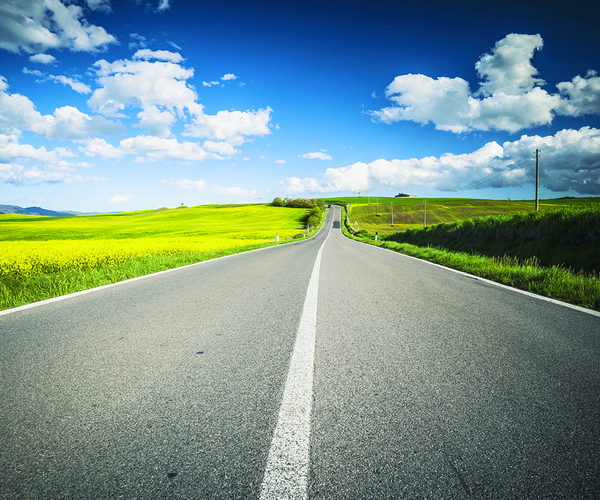Imagine a creature pushing 1,000 pounds, almost 10 feet high on their hind legs, and about as finicky eaters as a house rat or a domestic pig rambling across the Altamont Pass.
This is not a sci-fi animal but one that roamed the Northern San Joaquin Valley, the Diablo Range, and much of California for centuries up until 170 years ago or so.
They were the California Grizzly Bears.
Before statehood in 1850 scientists estimate there were 10,000 California Grizzly Bears roaming almost all the area that today we define as California except for the Mojave Desert.
Extinct since 1924, there is a Jurassic-like effort by a few to bring the California Grizzly Bear back. That was on the heels of an effort launched in 2014 by the Center for Biological Diversity to re-introduce upwards of 500 grizzly bears to the Sierra.
Before looking at the possibility of either happening, here’s a bit more on the background of the California Grizzly Bear.
The California Grizzlies that roamed the Coastal Ranges and the Great Central Valley came close to rivaling the size of the biggest bears currently on earth — the Polar Bear and Kodiak Grizzly that can reach 1,500 and 1,350 pounds respectively with a height of 10 feet.
The California Grizzly Bear could reach such size as they did not hibernate. California Grizzlies in the Sierra, Cascades and Siskiyous were much smaller as they would hibernate the typical three to four months.
The bears were the top of the food chain in California, living for 22 to 26 years. They roamed the Central Valley along with massive herds of tule elk and deer without fear until, newspaper publisher Sam Brannan ran through the streets of a fledging city named San Francisco in 1848 yelling the six fatal words — “Gold! Gold in the American River!” — that started the world rushing to California and signed the California Grizzly Bear’s death warrant.
The massive mammal was chosen as the symbol of the short lived uprising in 1846 dubbed the Bear Flag Revolt.
So plentiful were the creatures that pitched tents that served as mining camp restaurants often had California Grizzly steaks on the menu.
The demise of the California Grizzly was accelerated with the advent of cattle ranching in the late 1850s across much of Southern California, the Central Valley and the coast. Cattle on the open range were much easier for the bears to kill than fleet-footed elk and deer. Ranchers posted bounties of as much as $500 per kill.
The last known California Grizzly Bear was shot to death by a road crew in 1922 in Tulare County. Two years later the last reported sighting was in Sequoia National Park. Twenty-nine years after its demise it became the official state animal.
The model for the flag is a California Grizzly Bear dubbed “Monarch”.
Monarch was captured and put on display in 1889 as a publicity stunt for San Francisco newspaper publisher William Randolph Hearst. The bear died in an old school zoo cage in San Francisco’s Golden Gate Park in 1911.
Monarch was stuffed. Eventually he came into the possession of the California Academy of Sciences in San Francisco where he is kept away from the public in a climate controlled room. The last time he was on display was in 2010 to 2012 during the academy’s presentation, “Altered State: Climate & Change.”
Biologists believe there is potential for a good enough DNA extraction to bring back the California Grizzly Bear.
That may not seem all that much of a long shot given there is a growing consensus in scientific circles the California Grizzly Bear may not have been as much a distinct subspecies of the brown bears that roam Yellowstone National Park these days as it simply had larger skulls and other characteristics that were the result of it adapting over the centuries to the Mediterranean-style climate of California.
The Golden State lifestyle allowed the California Grizzly to, on average, weigh 400 pounds more than its Yellowstone counterparts.
Aside from ethical questions of bringing back a distinct species by using a grizzly from the Rocky Mountains as the host animal to wed with DNA extracted from Monarch, the more eminent debate that could have significant impact is simply the re-introduction of grizzly bears to California.
Earlier this month a judge in Montana ruled the Center for Biological Diversity (CBD) had no legal standing to challenge the federal government’s specific recovery plans for endangered species.
Back in 2014 the CBD petitioned the U.S. Fish and Wildfire Service to revise and update its then 21-year-old species recovery plan for the threatened grizzly bears in the contiguous 48 states. The Wildlife Service declined and the CBD took the issue to federal court.
In 2011, the Wildlife Service in a status review indicated other areas of historic grizzle bear range were suitable as potential recovery zones including California.
Then in 2019 a federal grizzly bear biologist determined a re-introduction of grizzly bears in the central and southern Sierra would fail due to a lack of core habitat.
Originally federal experts believed the Sierra could support 500 grizzly bears.
Proponents argue the envisioned grizzly bear range in the Sierra was a vast wilderness with minimal human intrusion. They also note that grizzly bears do not stalk and hunt down hikers. There have been only eight people killed by grizzly bears in the history of Yellowstone National Park that now draws 4 million visitors a year By contrast 21 park visitors have been killed by burns after falling into thermal pools.
Grizzly bear advocates note most of California’s nearly 40 million residents live in densely populated areas. They also point out the odds currently of someone dying from a grizzly bear attack in the United States is slightly better than dying after being struck by lightning.
Opponents question whether today’s altered habitats can support grizzly bears without significant damage or loss to other species. Given grizzly bears are at the top of the food chain, they could have a catastrophic impact on today’s ecological system.
There are 55,000 grizzly bears estimated to be left in North America with 30,000 in Alaska. Only 1,500 are in the lower 48 states including 800 in Montana and 600 in Wyoming.
In contrast there are 30,000 black bears in California with roughly 500 in Yosemite National Park. The have been no deaths or serious injuries as the result of bear attacks in Yosemite. The same can’t be said of bears killed by humans.
Since 1990, more than 350 bears have been struck by cars in Yosemite with a number of the bears dying.
The average mature black bear weighs 300 pounds versus 400 pounds for a brown bear. They also have shorter claws than brown bears and do not have the signature bump between the shoulders that black bears have.





